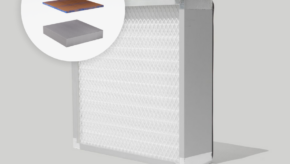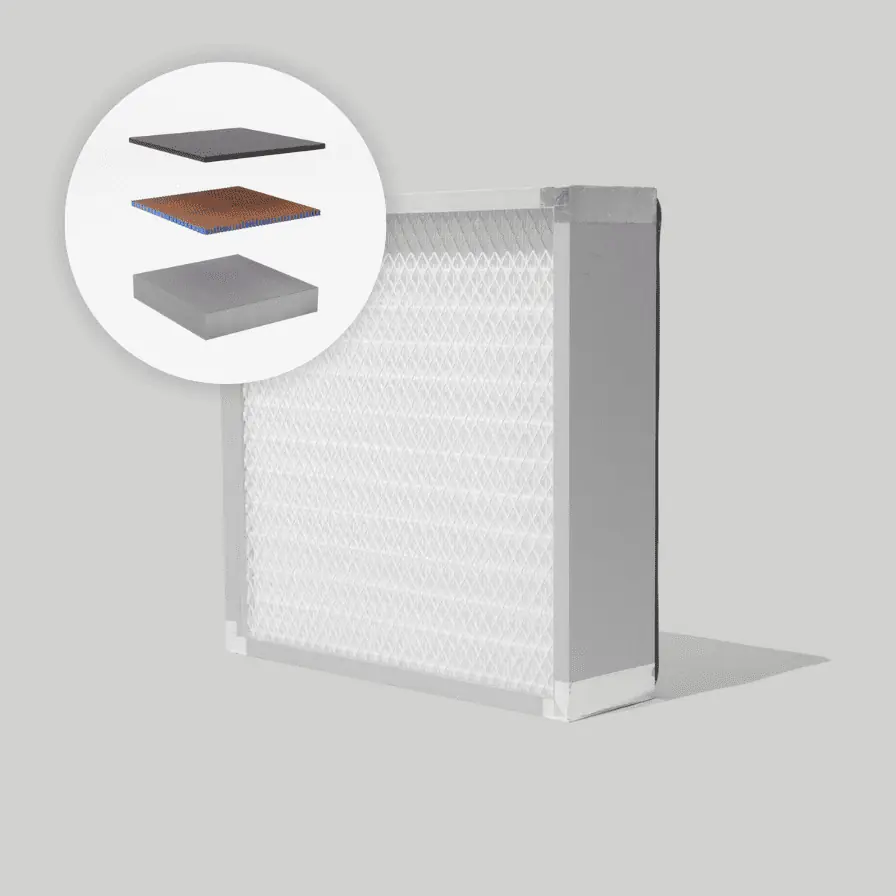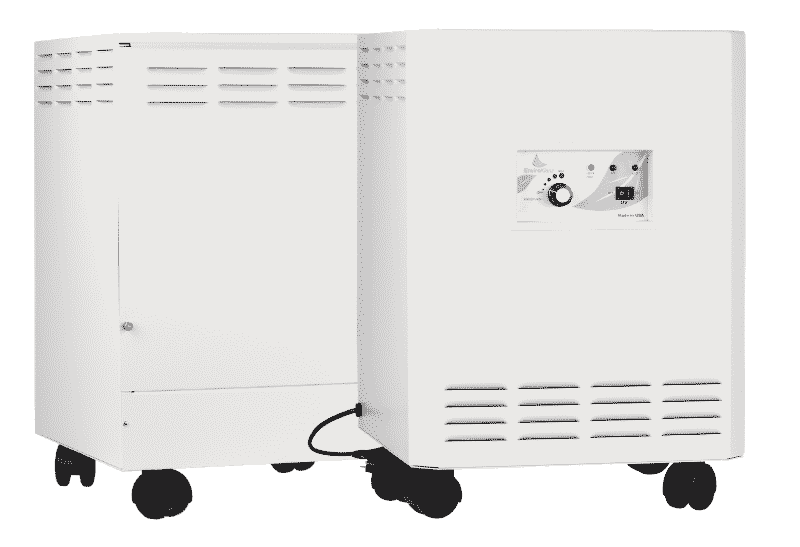Bringing new life into the world is a special and sacred time for any family, and the moment you walk your new baby through the doors of your home you will want to ensure that you are making the indoor space as safe as possible – including the indoor air quality. When it comes to cleaning the air inside of your home as clean as possible, it may be an easier said than done. There are a multitude of pollutant sources harbored within a home, which can include building materials, cleaning products, and furniture, flooring and other new items that are used to renovate a room in the home. As these items are introduced into the environment it can slowly produce pollutants in the air that will have an impact on the overall indoor air quality.
Typically, when a new baby comes home, they will have a newly renovated room ready for them with new furniture like a crib, dresser, rocking chair, a new fresh coat of paint, and even new carpeting flooring that has been laid in the room. Unfortunately, many of these decorative items in your baby nursery can contribute to poor indoor air quality which is not an environmental condition that you will want to expose your newborn child to especially in your home.
In this article we are going to learn more about the benefits of having an air purifier in your baby nursery, the difference between an air purifier and a humidifier in an indoor environment, and what is the safest air purifier to use in your baby’s room.
Do I Need an Air Purifier for My Baby?
Every year there is a new must-have item that should be placed in your baby’s nursery – such as innovative new diaper pails, wipe warmers, and now the new fad is the use and integration of quality air purifiers in this sacred indoor environment. Indoor air quality has become an increasing concern over the last few years, with the Environmental Protection Agency (EPA) finding that the levels of indoor air pollutants are nearly two to five times – and occasionally more than 100 times – higher than outdoor pollutant levels. These increasing levels of airborne pollution indoors has been attributed to the vast number of new items and chemicals that are used in the home and other indoor environments. Glues, resins, and other chemical compounds are being used more and more in furniture construction, flooring, and even in cleaning products which are all factors of air pollution in a home, and eventually into a nursery.
So, the question is, “do you need an air purifier for your baby?” and the answer is that it depends. Some homes may face problems when it comes to the mitigation of airborne pollutants such as tight home designs with little ventilation, lack of airflow, and even the introduction of new furniture and other products in the indoor space. If you want to have an extra layer of protection for your indoor air to shield your baby from various pollutant threats than it can be a potential resource to have an air purifier running 24/7 in your baby’s nursery.
What is Better for Baby Humidifier or Purifier
Have you been contemplating on whether or not you should utilize an air purifier or a humidifier in your indoor environment for your baby? Both of these indoor air devices will work in a specific way when used in your personal indoor environment, and thus it is important to understand how each of these air devices work and which is best to integrate into your baby’s environment. An air purifier serves a different purpose than a humidifier as it pertains to cleaning the air of indoor pollutants. Whereas a humidifier works solely to control the humidity levels within a room or indoor space.
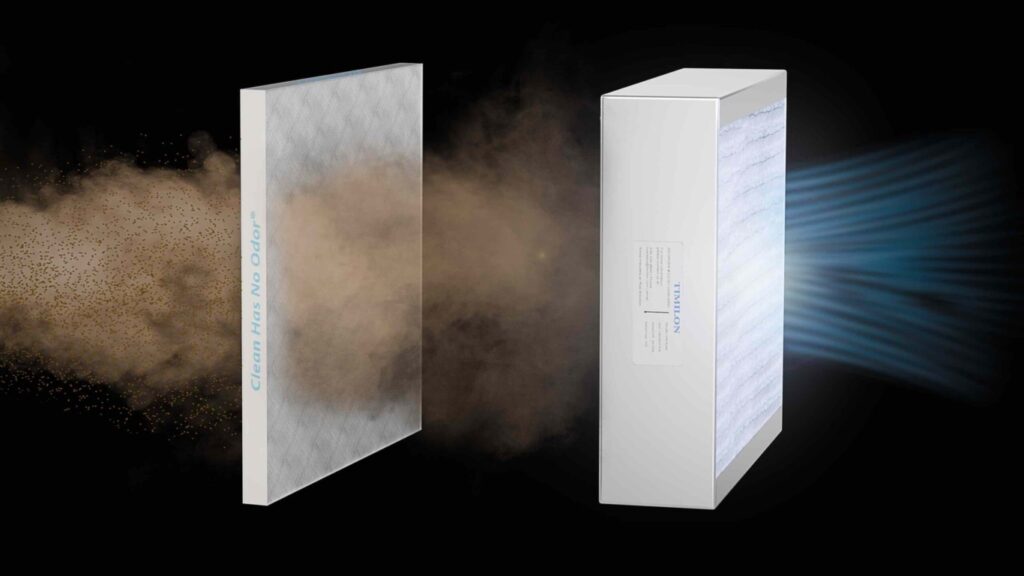
Air purifiers are used in a home to remove a variety of airborne contaminants from the indoor air, as it works to trap and remove dust particles, bacteria, allergens, mold spores, pet dander, smoke odors, and other harmful chemical pollutants. As the air purifier runs continuously in your home or baby nursery, the air purification device will suck in the air and run it through the various filtration steps used in the specific air purifier. Among one of the most popular types of filters that have been integrated into the many air purifiers on the market is the HEPA filter, a filter that is capable of capturing tiny particles down to 0.3 microns from the air. Along with HEPA filtration, the use of other filters such as carbon, ionizers, ozone, UV lights, and other revolutionary technologies can also be placed in the purification system to accomplish a thorough, effective cleaning of the air.
A humidifier, on the other hand, is specifically used indoors to add moisture back into the air. The humidifier device will work by pumping water vapor into the room that may be a visible vapor in the air or not visible. Unlike an air purifier, a humidifier is not running continuously, as water must be added to the reservoir for the humidifier to work in the environment. This type of air device will usually be used in dry areas because it will work to add moisture back into the air and help relieve dry skin, throat irritation, sinus issues, nosebleeds, and breathing problems according to Home Air Guides.
Benefits of an Air Purifier for Baby
It will come as no surprise to learn that most home will contain certain levels of allergens, bacteria, viruses, mold spores, and even chemical compounds within the air – all of which can have a potentially adverse effect on newborn babies and toddlers in the environment. Unfortunately, airborne pollutants can build up and accumulate inside of a home, especially homes that were newly built and designed to be airtight to conserve energy costs – leaving no escape for these pollutants. When it comes to a baby’s nursery, one of the most dangerous pollutants that you may be left dealing with in the indoor air is that of VOCs (Volatile Organic Compounds). These VOCS are typically produced from building materials such as new carpeting, rugs, cribs, dressers, rocking chairs, and other items that were placed in the confined space of the baby nursery.
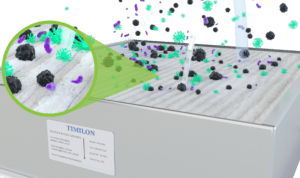
According to the EPA, volatile organic compounds are gaseous chemical compounds that are slowly released from paints, varnishes, pressed wood, carpeting, adhesives, and other household items. Initially these VOCs will be initiated into the home as a liquid or solid and as it acclimates to the environment it will turn into a gaseous state, which will lead to off gassing in the air. As the VOCs begin to off-gas into the air it will lead to a chemical odor in the environment as well as a flood of pollutants that can adverse impact the overall indoor air quality in the home. Many air purifiers will contain a technological capability to eradicate these VOCs from the air, particularly neutralizes them from the air completely.
Additionally, another source for concern in the air of a home is allergens, since allergens are plentiful and can come from a vast number of sources inside this indoor space. Allergens such as dust, pollen, pet dander, dust mites, and other allergens can be freely floating in the air that will lead to a buildup in the air which can lead to allergic symptoms in the occupants of the home including your baby. An air purifier will also be able to help mitigate the allergens from the air, specifically an air purification device that utilizes HEPA filtration, like we talked about previously that is capable of capturing these fine particulate matters.
Are Air Purifiers Safe for Babies?
When it comes to selecting the right air purifier to use in an environment with your precious newborn baby, it is critical to understand the various technologies that are used in air purifiers today to determine which technology is considered safe for the environment. Air purification technologies like ozone and ionization are two air purification that can be potentially hazardous to the health of the occupants exposed to this technology, including babies. An ozone generator, unlike ionizing air purifiers, purposely produces ozone, rather than emitting it as a byproduct. The ozone is emitted into the air of the indoor environment and will lead to an array of health issues ranging from acute to severe.
Additionally, ionizing air purifiers release an electric charge to particles, eliciting them to stick to nearby surfaces. This technology claims to remove mold spores from the environment’s air, however, the dangers presented by ionizing technology makes the benefits of the machine lack. Ionizers produce hazardous ozone into the air, and this can be significantly dangerous to the health of those exposed. The EPA (Environmental Protection Agency), warns individuals that long-term ozone exposure can cause respiratory problems even in those that are healthy. Therefore, it is best to avoid anything that emits this hazardous ozone byproduct into the air, especially when exposed to a baby nursery.
Safest Air Purifier for Baby
An air purifier with a HEPA filter is the preferred type of filtration for nurseries, particularly an air purifier that uses UV-C lights that kills microorganisms. HEPA filter technology is able to mitigate and collect fine particulate matter larger than 0.3 microns with a 99.97% efficiency, this means it will collect both allergens and chemicals that are found in the air. Allergens such as dust ranges in size from 0.5 microns to 100 microns in size, in relation to bacteria which is usually 0.3 microns to 60 microns in size. The ability for a HEPA filter to capture these potentially harmful contaminants is highly needed inside a nursery.
Another important feature on an air purifier is the use of UV-C lights within the purification device. When people hear the word UV-C lights, they may think of damaging sunrays that can impact human health. When it comes to UV-C lights inside air purifiers like in the EnviroKlenz UV Air Purifier there are no health risks to those exposed – as these lights are actually designed within an air purifier to kill bacteria, germs, viruses, and mold spores. This will be significantly helpful in protecting an infant, baby, or toddler from developing airborne illnesses in the indoor environment.
Article Sources:

